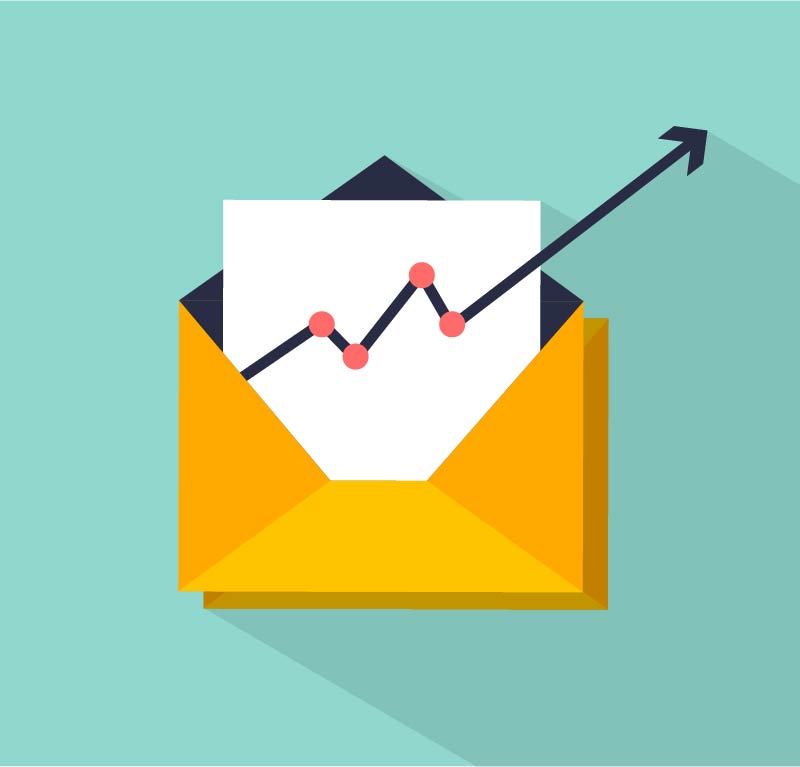 For the past 8 years I’ve worked at TechTarget, 7 of those were spent catering to the IT end-user audience of our Storage Media Group. My main objectives, in a nutshell, were to grow and nurture these IT professionals, requiring a number of emails to be sent out. Emails to highlight editorial tips, emails to promote vendor white papers, emails to share weekly updates, emails to reactivate inactive members… You name it and chances are I have sent it.
For the past 8 years I’ve worked at TechTarget, 7 of those were spent catering to the IT end-user audience of our Storage Media Group. My main objectives, in a nutshell, were to grow and nurture these IT professionals, requiring a number of emails to be sent out. Emails to highlight editorial tips, emails to promote vendor white papers, emails to share weekly updates, emails to reactivate inactive members… You name it and chances are I have sent it.
With that being said, I learned a thing or two about what worked and what didn’t when it came to grabbing the attention of an IT pro. And I thought it would only be fair to share these insights with you all, in what I believe will be the internet’s first-ever blog on email marketing best practices.
Get Creative with Inactive Users
There are a variety of ways to convert those dormant contacts back into active prospects – some work, some don’t. Personally, I never saw much success with the traditional “Miss You” angle, or an incentive-based offer to reengage. The approach I found most effective was to “threaten” the user (and no, that doesn’t mean sending a big guy named Vito and a bat) with restrictions if they didn’t take an action – whether it’s restricting access to certain features on sites or warning them about a lapse in membership. This was by far our most successful reactivation strategy, as we were able to win-back more than 14,000 members over the course of 6 months with response rates averaging 17% OR 3% Click Through Rates (CTR) from users who hadn’t been to our sites in 1-2+ years.
Simple is Better
HTML-based emails look great, and most users even admit they’d prefer to receive emails in HTML format. But when it actually comes down to it, plain text emails simply perform better than their more attractive counterpart. HubSpot recently published an interesting blog on this exact same topic: Upon reading it, I was excited to know that I wasn’t going crazy for seeing nearly 50% higher CTRs on plain text emails vs. HTML emails. But on the other hand, I was dismayed to realize that this blog I’m writing now isn’t, in fact, the internet’s first-ever blog on email marketing best practices!
Admit your Mistakes
Whether it’s a broken link, personalization errors or incorrect information, mistakes happen when it comes to email marketing. Rather than ignore the elephant in the room, send out a correction email admitting – and addressing – the mistake. Nearly every “oops email” that I’ve ever sent out has performed above average in terms of Open Rate (OR) and CTR. Not only does the user want to know where we went wrong, but it also adds a bit of humanization to you and your brand.
Be Personal
Readers want to hear from a real person who knows them and their needs. These users are getting hundreds of emails a day, so it’s important you’re catching their attention from the very first “new email alert” . Try using your own name in the “From Line” ; this not only helps humanize the message you’re hoping to convey to the reader, but also helps humanize your brand. Be sure to use personalization in the subject line – as well as in the email where necessary – to speak directly to the reader and what they want to hear, as research has shown these tactics can deliver 6X higher transaction rates. Finally, be sure you’re speaking to your audience on their terms and with a message that is relevant to them: You don’t want to grab their attention using these first few personalization tips, only to have them realize that you’re really just trying to spruce up a generic one-size-fits-all message.
There you have it, folks – just a few tips, tricks and techniques that I’ve employed over the years. There are certainly many other ways to help augment your email marketing strategies using the intelligence you gain from audience interactions, but these are just a few to keep in mind as you’re brainstorming new ways to effectively engage your audience during the dog days of summer and beyond. We would love to hear your top methods for email engagement. Feel free to leave a comment or connect with me on Twitter or LinkedIn.
Email marketing best practices and admit mistakes images via Shutterstock.




